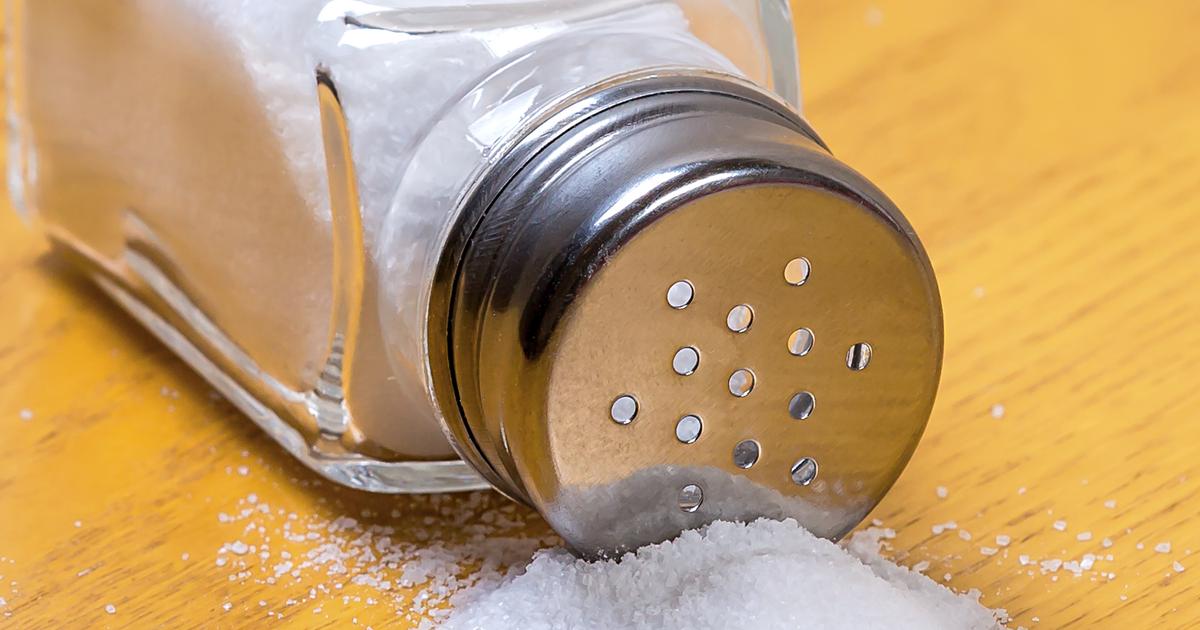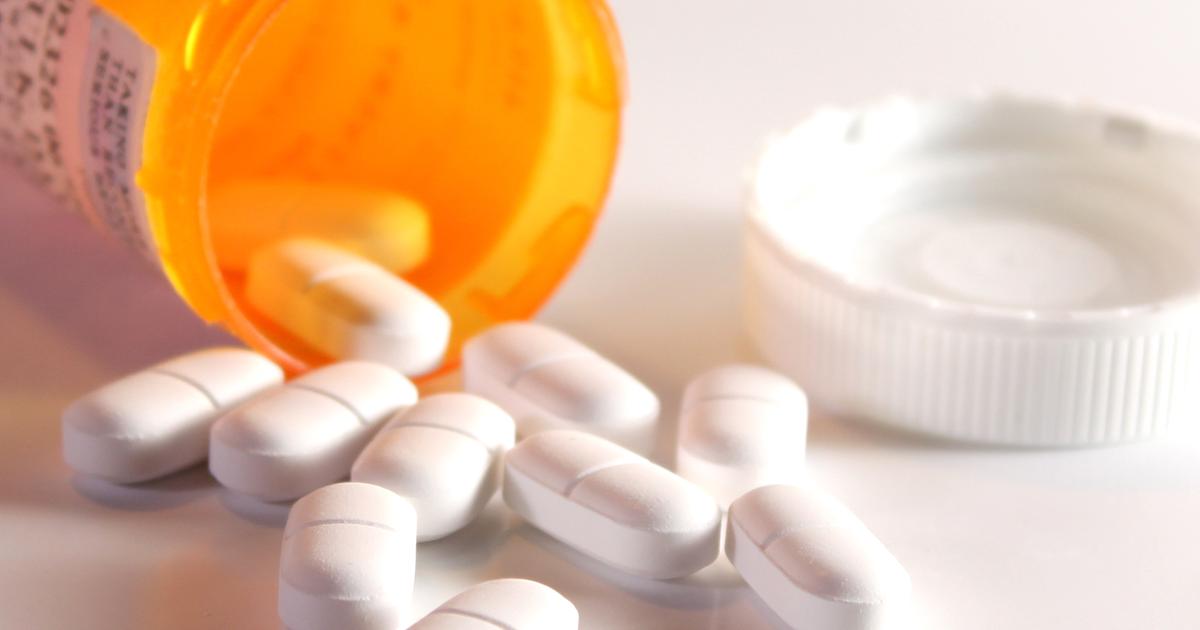How To Manage Low Blood Pressure (Hypotension)
Some individuals might want to have low blood pressure. After all, a lower than average blood pressure doesn't always cause problems. For some individuals with hypotension, which is the medical term for abnormally low blood pressure, it can lead to fainting and dizziness. However, there are severe cases in which low blood pressure might become life-threatening. Blood pressure readings lower than 90/60 are generally considered hypotension. Sometimes the low blood pressure is temporary and caused by dehydration, and in other cases, it might be related to a chronic medical or surgical condition.
Finding out the underlying cause is an important part of treatment. There are also ways to manage the condition itself. Get familiar with these treatments now.
Drink More Water

One way to combat low blood pressure is to drink more water. Dehydration is one of the most common temporary causes of low blood pressure, and it can compound low blood pressure that occurs due to a different condition. Dehydration occurs when the body loses more water than it takes in, which can lead to fatigue, weakness, and dizziness. In addition to causing low blood pressure and potential fainting, dehydration can have a host of other serious effects on the body, especially if it lasts for a long time or if an individual is in the heat. If individuals don't drink a lot of water, they should try to drink more during the day. If there's some reason they cannot or if they prefer not to drink water, electrolyte-rich fluids are a good start to boost the effectiveness of each glass. Contrary to popular belief, tea and coffee are also hydrating, even though caffeine is a diuretic. Individuals should pay attention to their water intake if they take diuretics or are participating in activities that cause them to lose water On hot days, individuals make sure to drink even more than usual.
Get more information on how to manage hypotension now.
Consume More Salt

Some individuals begin a low sodium diet to try to avoid high blood pressure, and they end up with low blood pressure instead. Some may simply not realize there's not enough salt in their diet. If individuals have high blood pressure, the first recommendation doctors will make is to cut back on sodium, so it makes sense that the opposite is prescribed for the opposite problem. Some individuals experience dramatic increases in blood pressure with an increased sodium intake. Patients should talk to a nutritionist and consult with their doctor, though, because too much sodium can lead to health complications like heart failure. Everyone should keep in mind sodium is an essential electrolyte for the body. Individuals cannot go on a 'no sodium' diet, as a sodium deficiency can quickly become life-threatening. The good news is adding salt is easy: there's a reason there's always a salt shaker on the table!
Uncover more ways to treat abnormally low blood pressure now.
Wear Compression Socks

One potential way to help treat low blood pressure and its complications is to wear compression socks, which are specialized articles of clothing that gently squeeze the legs. They help compress blood vessels, which allows the blood to travel more reliably through the legs. In addition to being used for low blood pressure, compression socks are often recommended for varicose veins and other circulatory issues in the legs. By compressing the legs, they prevent fluid and blood from accumulating in the feet and calves. This helps eliminate potential pressure and swelling. For individuals who are on their feet all day, compression socks can be very helpful at reducing pain and swelling. This is especially true if they stand behind a counter for a lot of their day without getting to walk around and increase their circulation. Compression socks are available through most local drug stores in the United States. Depending on the patient's underlying condition and insurance plan, they can sometimes be reimbursed for the cost if they get a doctor's note.
Read more about treating hypotension now.
Certain Medications

Several different medications can be used to help manage low blood pressure. They don't necessarily increase blood pressure consistently, so they may not be helpful for individuals whose blood pressure is always low. But for those whose blood pressure drops when they stand up, these medications are essential. If an individual's blood pressure drops more than twenty points upon standing, dizziness and fainting often occur because the brain is suddenly deprived of its oxygen supply. A condition called postural orthostatic tachycardia syndrome causes a patient's blood pressure to drop thirty or more points when they stand up. One medication used to treat this is fludrocortisone, which works by boosting the volume of blood in the body so the brain isn't deprived of blood. If individuals have chronic postural orthostatic tachycardia syndrome, doctors will often prescribe midodrine to help raise the patient's blood pressure when they stand. This medication keeps the blood vessels from expanding as much, which increases an individual's overall blood pressure and helps prevent a sharp drop upon standing.
Continue reading to learn more about treating hypotension effectively now.
Eat Smaller And More Frequent Meals

Some aspects of low blood pressure can be changed by making basic diet and lifestyle changes. Individuals should do their best to eat a balanced diet that gives them access to all the nutrients they need. Most nutritionists recommend eating a blend of fish, lean chicken, vegetables, fruits, and whole grains. Individuals who follow a vegetarian or vegan diet can talk to their doctor about ways to supplement the nutrients and protein most individuals get through meat. It can also help to eat smaller and more frequent meals. The three meals a day structure doesn't work for everybody. Instead of doing large meals at spaced-out intervals throughout the day, individuals should try eating smaller portions more frequently. This helps prevent sharp blood pressure drops after taking in a lot of calories and carbohydrates. Avoiding high carbohydrate foods is also helpful. Individuals might want to limit the bread, pasta, rice, and potatoes they consume.